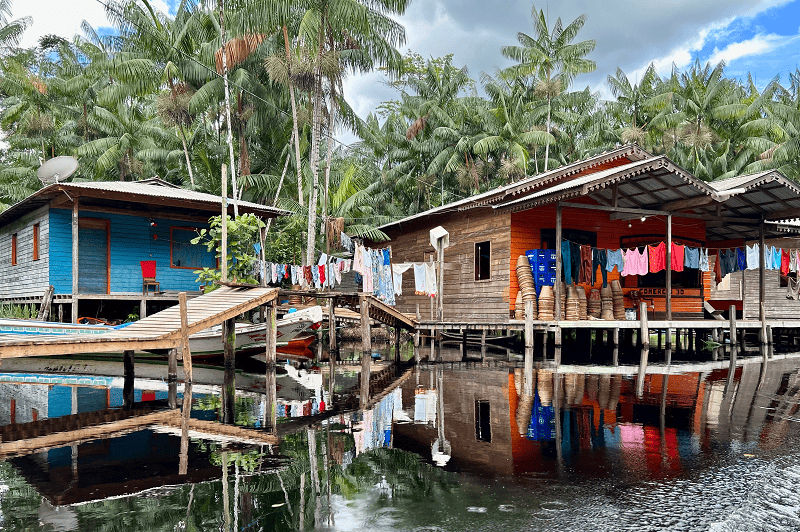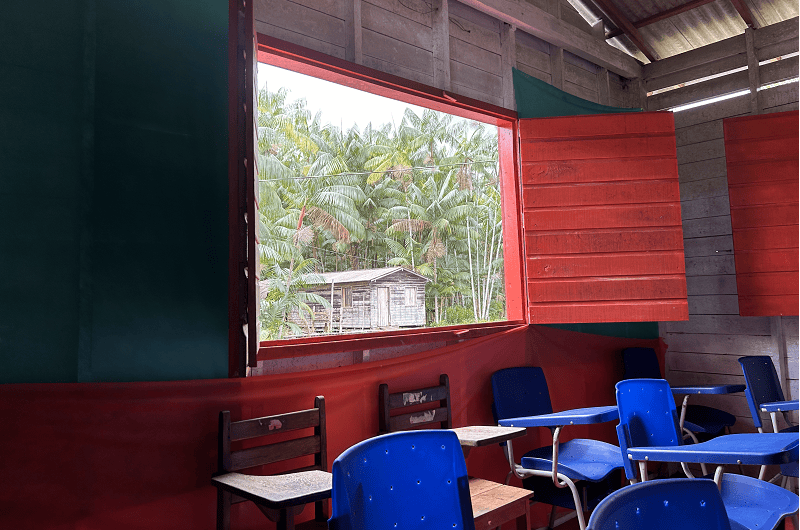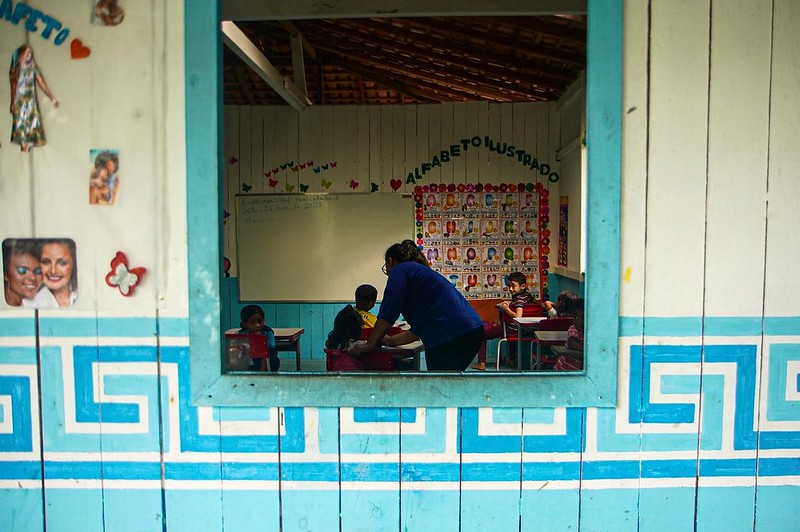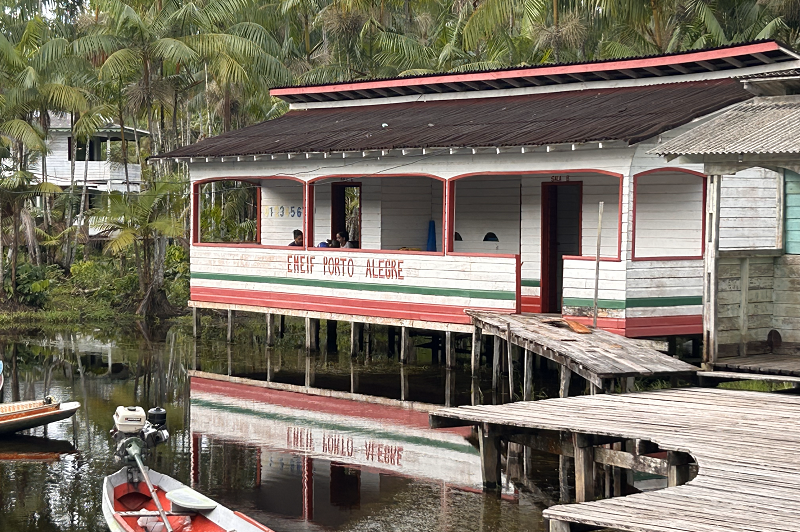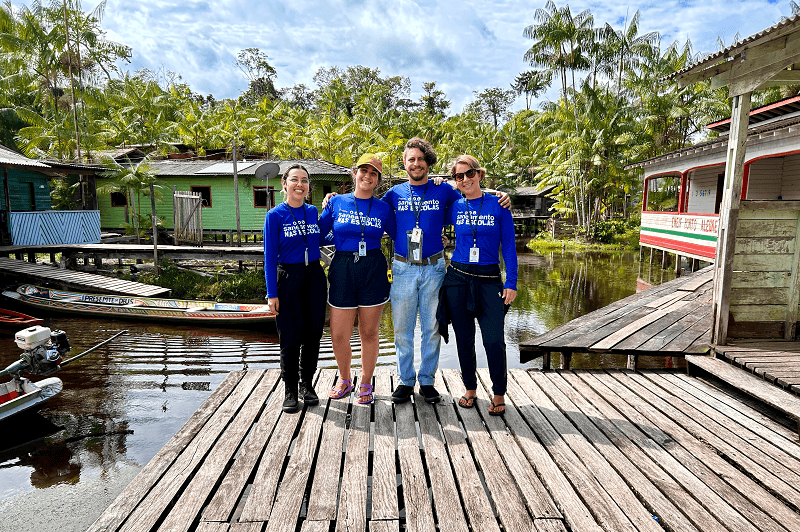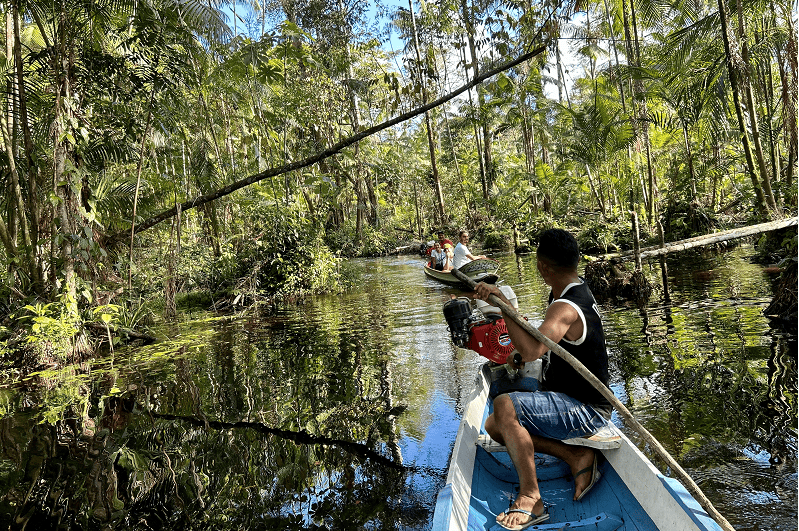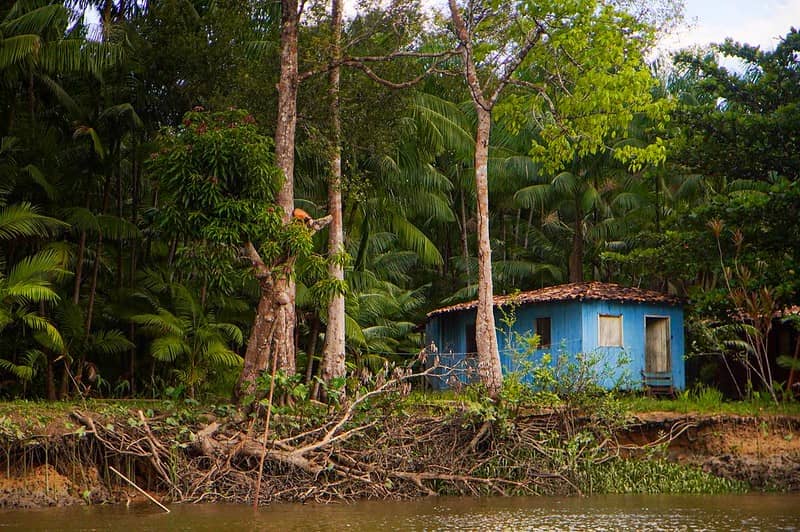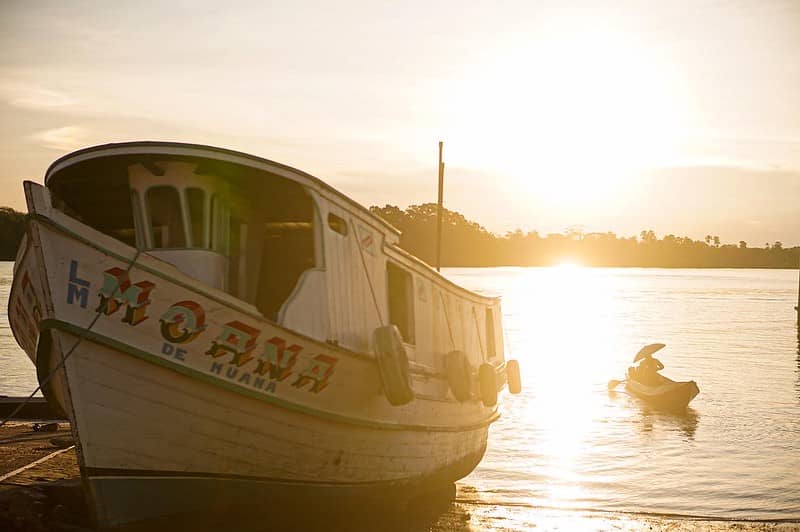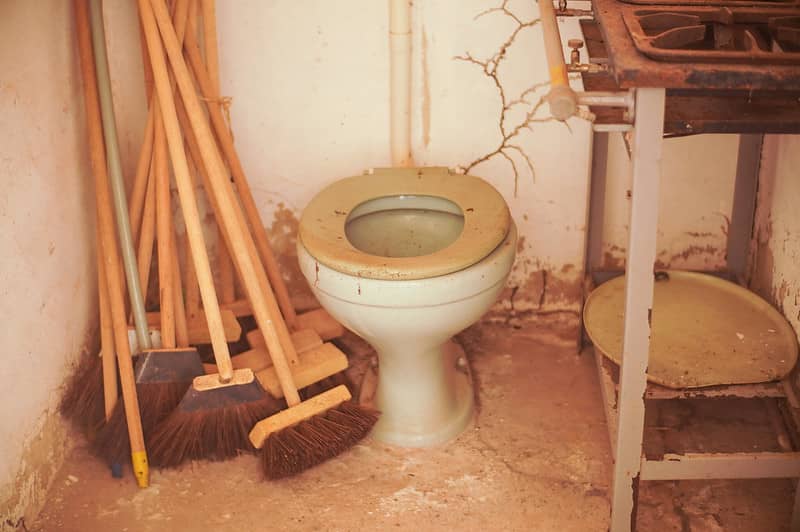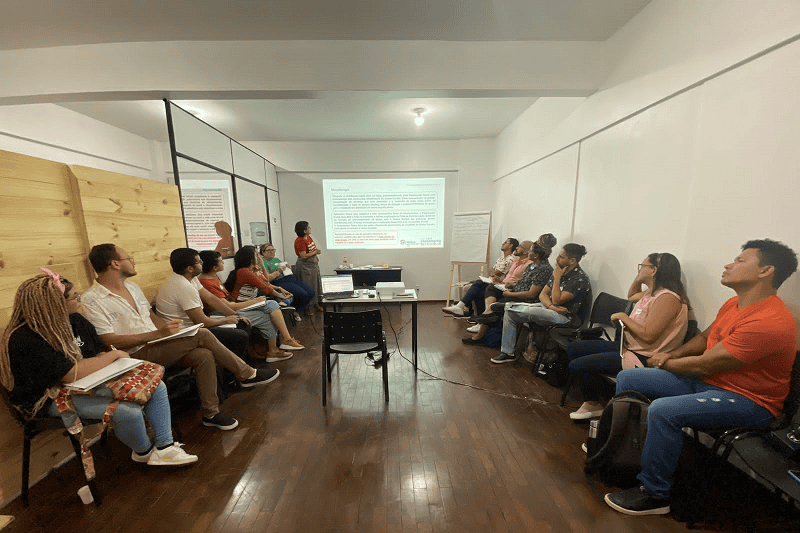Project will bring sanitation to municipal schools on the Ilha do Marajó in the state of Pará
IAS will take part in the project, which will serve around 460 schools, benefiting 18,000 students
Published in 14 Jun 2023
Written by By the IAS team
Tags:
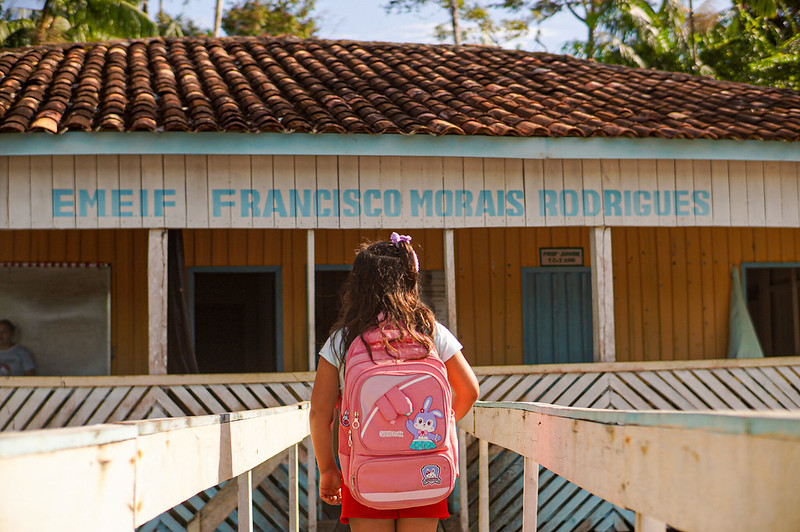
Marajó Island, in the state of Pará, is one of Brazil's environmental treasures. It is the largest fluvial-maritime island in the world, surrounded by rivers and the Atlantic Ocean. It contains great biodiversity and beauty but also has high deficit of sanitation. Only 13% of the region's population has a water network, and 2% a sewerage system, but 57% have inadequate water and sewerage systems, according to a survey by the National Bank for Economic and Social Development (BNDES).
In order to expand access to sanitation, the “Sanitation in Schools” project is underway. This will bring solutions for access to water and sewerage to around 460 schools on the Marajó Island, which have up to 50 students per class, and will benefit 18,000 students from 16 municipalities. The initiative is being carried out by the Habitat for Humanity Brazil organization, in alliance with the Water and Sanitation Institute (IASIAS), the Federation of Organizations for Social and Educational Assistance (FASE), Cáritas Brasileira – North Region II, and the Coordination of Associations of Quilombo Communities in the state of Pará (Malungu). It will also receive financing from the BNDES Socio-Environmental Fund.
Visits to the Schools
The project, expected to last three years, is in the phase of an integrated diagnosis, which aims to discover the real state of sanitation and access to water in the municipal schools on the Marajó island and make proposals to solve problems.
The researchers are now carrying out inspections in the school sites and talking to the school directors in order to collect data and information about the conditions of access to water and sanitation and their impact on the life and school development of the children. It will then be possible to evaluate, together with the school community, which solutions for access to water and sanitation will be implemented in each school in the project.
Visiting the 460 schools in the BNDES Public Announcement in the 16 municipalities of Marajó is not an easy task. In addition to being far from each other, there are few locations where access is via land. The main access to the schools visited is by river and depends on the variation of the tides, and different types of boats are needed to get there, from the larger ones that travel on rivers, to the smaller ones that go into the igarapés, the river creeks. Moreover, in other locations it is only possible to access the schools on horseback.
Click on the photos to enlarge
Data collection to consolidate the diagnosis is carried out by 12 researchers who have experience in the technical and social areas. In May the team was given an intense week of training in Belém, the state capital. The IAS Networks and Partnerships coordinator, Mariana Clauzet, and two members of the Institute's technical team helped to prepare and give the training sessions. “The work of training the team of researchers was fundamental. It was an extremely intense and productive week, and the organizations involved in the project also participated. Since the beginning of the year we have been involved in the planning and production of materials for this training”, Mariana commented.
Mariana accompanied researchers to the municipality of São Sebastião da Boa Vista to give help at the beginning of the diagnosis. “This initial period of field work was a very important phase because it gave us an idea of the size of Marajó Island and the countless difficulties that the school community faces in order to have a suitable place for the children to study and for the teachers to carry out their work”.
The main problems for children and adolescents
In Brazil 4 out of 10 Brazilian children and adolescents do not have access to sanitation. This is the most important deprivation of rights for this public, with 21.2 million girls and boys living with open sewage, according to Unicef.
The School Census shows that around 18% of Brazilian schools do not have sanitation. This means that there are at least 14.7 million children, young people and adolescents without full access to the water supply network or sanitary sewerage systems in the places where they study, which also adds to the increase in school dropouts. The North and Northeast are the regions most affected by this problem.
In Marajó, the data are even more alarming. According to BNDES research, around 85% of schools do not have an adequate minimum infrastructure for teaching and learning. For example, 13% do not have an adequate toilet, in 69% there is no or an irregular water supply, and 78% have problems with the collection and treatment of sewage.
The project
The "Sanitation in Schools" initiative receives up to R$20 million in non-refundable resources from the BNDES Socio-environmental Fund and R$23 million in resources to be raised in the next phases of the project.
The choice of the project passed through a public selection process (Edict Fundo Socioambiental 01/2022), with seven other competing proposals, and Habitat Brasil was selected. The social technologies to be used as sanitation solutions will be proposed by the team and validated and defined together with the schools and the school community.
In addition, as part of the diagnosis, conversations have been held with municipal managers from the education and health departments in order to understand the implications of sanitation in schools and the health of each municipality. The initiative will hold contextualized education workshops with the school community and meetings aimed at sensitizing actors to the issue of sanitation and its importance for the quality of life of the Marajoara population.



